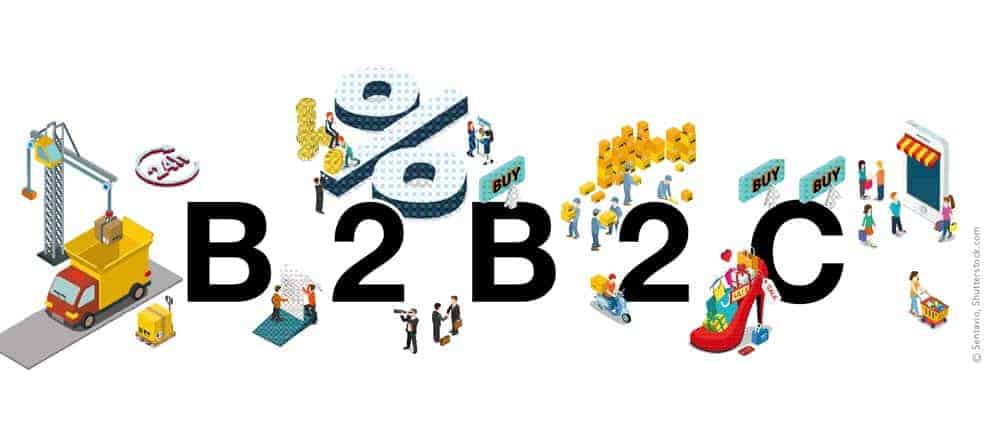Overcoming the Amazon effect


The only way to escape the mass death in retail predicted by experts is to get customers to leave the Amazon comfort zone. To achieve this, retailers must build their own attractive direct-to-consumer channel. The decisive advantage retailers can use to attract customers to their own channels is an outstanding shopping experience.
Technical limits
The problem is that traditional e-commerce platforms such as SAP Hybris do not have the technical capabilities to create an optimal customer experience.
For example, navigation in an online store based on Hybris uses a classic grid system. The visitor clicks on the desired category on a navigation bar with various categories, then lands on numerous subcategories, from which he must select the correct one, and so on.
In this way, they work their way forward, click by click, to the products they are looking for. Although online customers are used to navigating in this way, it is more of an annoying means to an end than part of a pleasant shopping experience.
Platforms like Hybris are not designed to meet rising customer expectations - as a provider of a classic ERP system designed to map all business processes, SAP's focus is clearly not on customer experience in omnichannel sales.
In order to create high-quality shopping experiences and thus increase customer loyalty, it is important to integrate a wide variety of content such as blog posts, images, videos, etc. into the online store.
In addition, the products and content displayed must be personalizable so that customers see exactly what they are most interested in. In all of this, speed is a crucial factor.
Depending on a customer's search and click behavior in the web store, adjustments, for example in the order of the products shown, must be able to be implemented immediately - immediately means during the ongoing customer visit.
One thing is clear: no conventional e-commerce platform provides such a fusion of content management and e-commerce. Nevertheless, companies do not have to completely throw all their existing systems overboard.
A digital experience platform (DXP) - which combines powerful web content management (WCM) with classic e-commerce functionalities - can be integrated into the existing system landscape with little effort.
One of the most important advantages of a DXP is precisely that it bundles the numerous individual systems used in e-commerce (PIM, DAM, CRM system, etc.) into a superordinate platform.
Personalized shopping
For an optimal customer experience, content must be made consistently available on all channels as part of an omnichannel sales strategy, while at the same time offering customers the greatest possible convenience when shopping online.
Novel, intelligent technologies make it possible to personalize web store content. A DXP, for example, offers a personalized search function that uses semantic search to determine the meaning of words and how they are linked.
For example, a customer receives matching results to the question "Which shoes go with these pants?" In addition to the semantics of the search input, such a tool also takes user behavior into account by basing the search results on what the customer has already looked at before.
Compared to the product search via navigation described above, this type of search is significantly faster and more convenient - in short, the customer experience is better. And that is exactly what matters.





